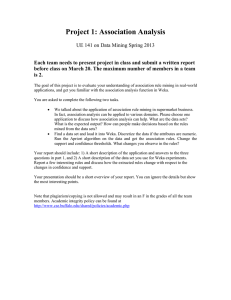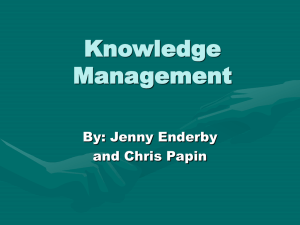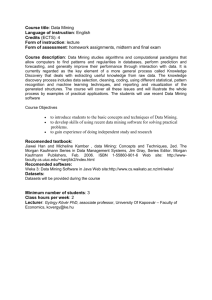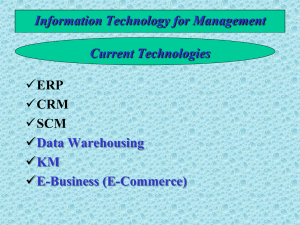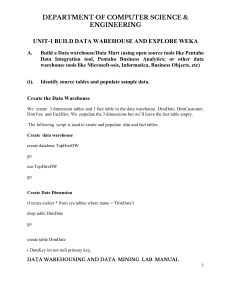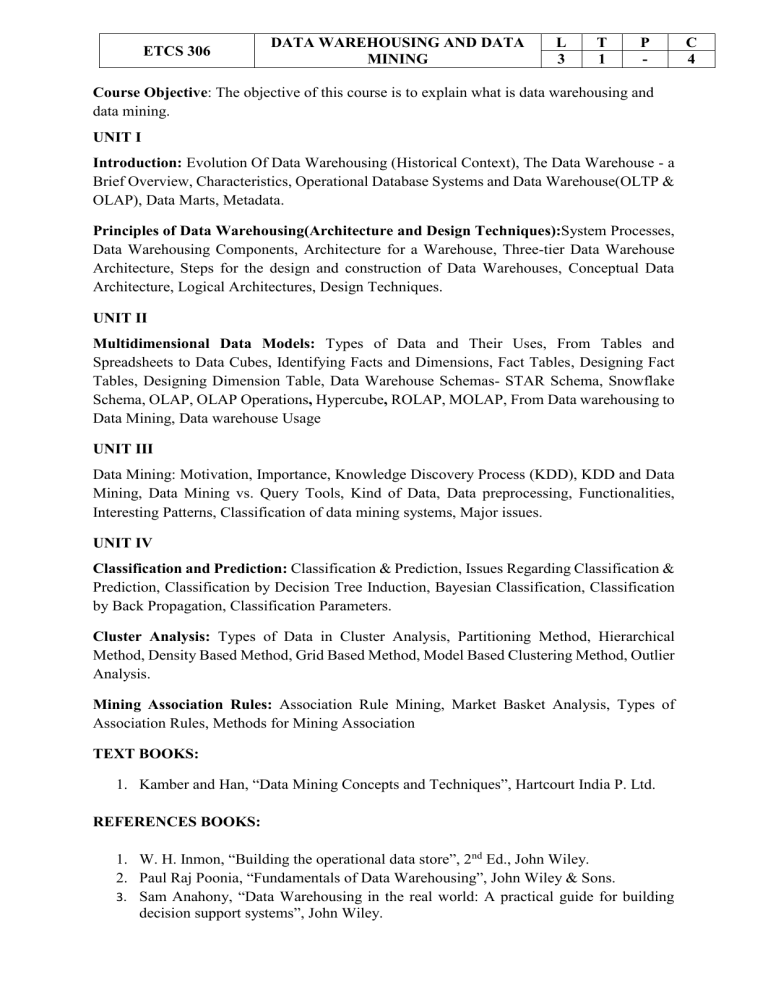
ETCS 306 DATA WAREHOUSING AND DATA MINING L 3 T 1 P - Course Objective: The objective of this course is to explain what is data warehousing and data mining. UNIT I Introduction: Evolution Of Data Warehousing (Historical Context), The Data Warehouse - a Brief Overview, Characteristics, Operational Database Systems and Data Warehouse(OLTP & OLAP), Data Marts, Metadata. Principles of Data Warehousing(Architecture and Design Techniques):System Processes, Data Warehousing Components, Architecture for a Warehouse, Three-tier Data Warehouse Architecture, Steps for the design and construction of Data Warehouses, Conceptual Data Architecture, Logical Architectures, Design Techniques. UNIT II Multidimensional Data Models: Types of Data and Their Uses, From Tables and Spreadsheets to Data Cubes, Identifying Facts and Dimensions, Fact Tables, Designing Fact Tables, Designing Dimension Table, Data Warehouse Schemas- STAR Schema, Snowflake Schema, OLAP, OLAP Operations, Hypercube, ROLAP, MOLAP, From Data warehousing to Data Mining, Data warehouse Usage UNIT III Data Mining: Motivation, Importance, Knowledge Discovery Process (KDD), KDD and Data Mining, Data Mining vs. Query Tools, Kind of Data, Data preprocessing, Functionalities, Interesting Patterns, Classification of data mining systems, Major issues. UNIT IV Classification and Prediction: Classification & Prediction, Issues Regarding Classification & Prediction, Classification by Decision Tree Induction, Bayesian Classification, Classification by Back Propagation, Classification Parameters. Cluster Analysis: Types of Data in Cluster Analysis, Partitioning Method, Hierarchical Method, Density Based Method, Grid Based Method, Model Based Clustering Method, Outlier Analysis. Mining Association Rules: Association Rule Mining, Market Basket Analysis, Types of Association Rules, Methods for Mining Association TEXT BOOKS: 1. Kamber and Han, “Data Mining Concepts and Techniques”, Hartcourt India P. Ltd. REFERENCES BOOKS: 1. W. H. Inmon, “Building the operational data store”, 2nd Ed., John Wiley. 2. Paul Raj Poonia, “Fundamentals of Data Warehousing”, John Wiley & Sons. 3. Sam Anahony, “Data Warehousing in the real world: A practical guide for building decision support systems”, John Wiley. C 4 ETCS362 DATA WAREHOUSING AND DATA MINING LAB L T P C - - 2 1 LIST OF EXPERIMENTS: 1. Demonstration of data preprocessing on datasets using WEKA and R tools. 2. To list all the categorical (or nominal) attributes and the real valued attributes using WEKA or R mining tool. 3. Create a data classification model using decision tree in WEKA or R. 4. Create a data classification model using naive bayesin WEKA or R. 5. Create a data classification model using rule based classifies in WEKA or R. 6. Create a data classification model using statistical classifiersin WEKA or R. 7. Create a data classification model using neural networksin WEKA or R. 8. Create a data classification model using in WEKA or R. 9. Demonstrate the working of k-means algorithm for clustering the data. 10. Create a clustering model using hierarchical clustering algorithm in WEKA or R
